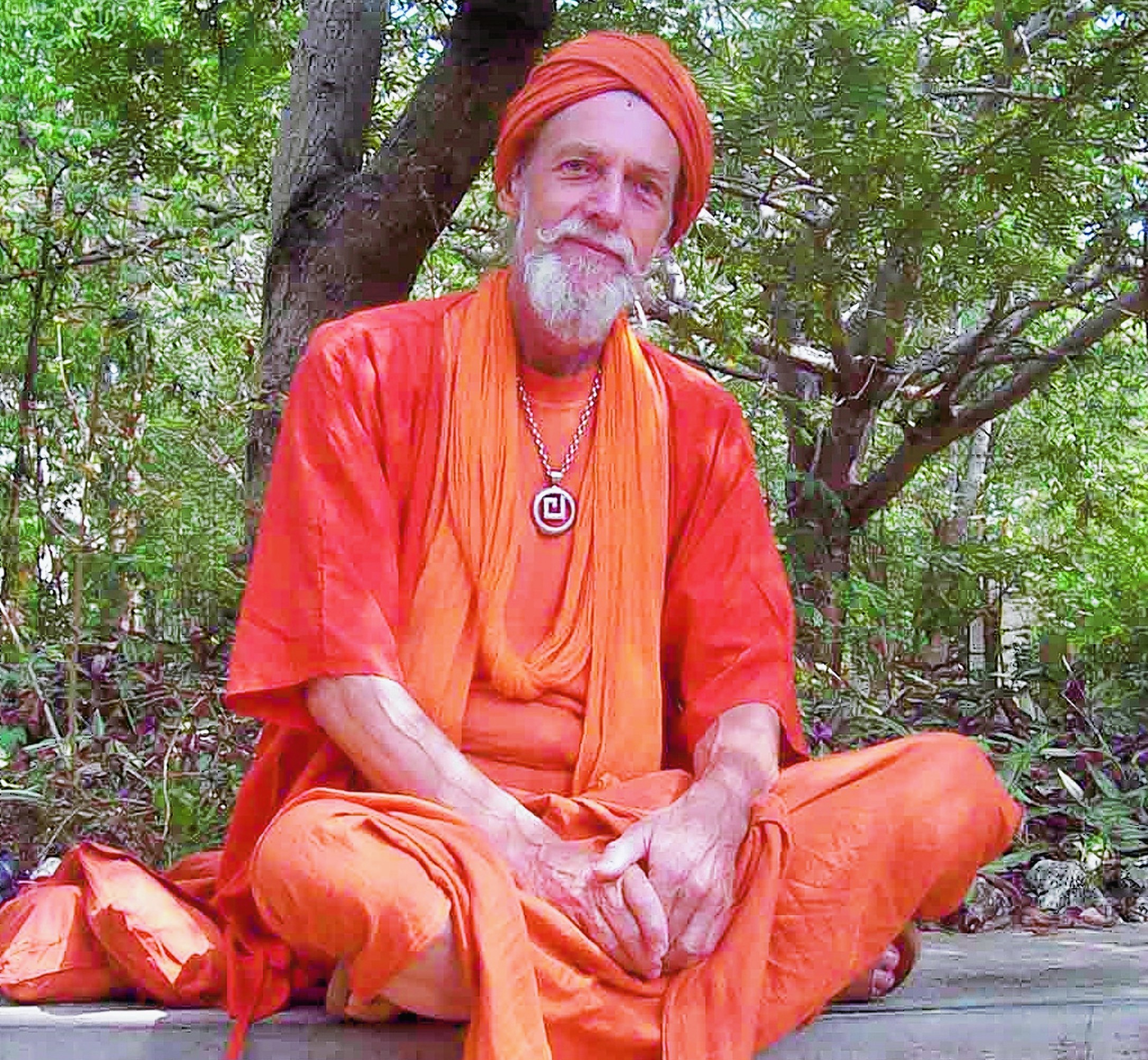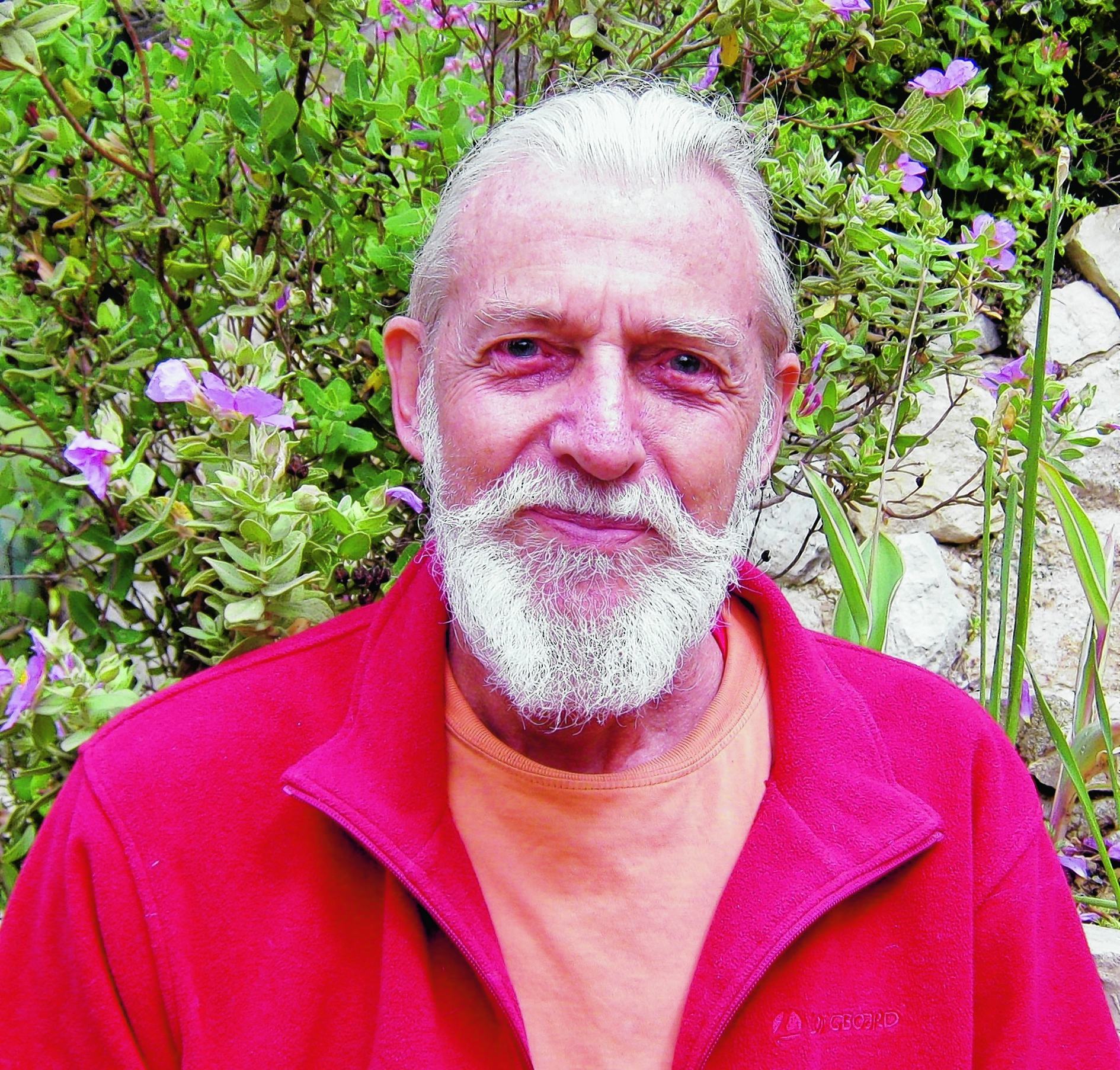The path to counteracting stress comes from within – so says mantra master, Muz Murray.
It often seems like the western world is ideally geared towards stress. The pace we work at; the roles and responsibilities we try to keep up with simultaneously; the ever-multiplying list of e-mails, texts, and tweets which demand our attention – all can leave us feeling exhausted and strung out before the week has even properly begun.
Finding inner calm is therefore the goal for many people, but finding it can prove incredibly elusive. A massage might help, as might a night out with friends, but most solutions are just stopgaps.
The key, says international yoga master, Muz Murray, is tuning out the mental chatter and finding that island of peace within yourself.
“Basically, it is a matter of taking a fresh look at how the mind operates, by stepping back and observing its functioning,” said Muz, who at 74-years-old, is the very embodiment of proof that yoga is an ideal way to counteract stress.
Muz is a mantra yoga master, specialising in the ancient therapeutic practice of intoning chants. It’s a practice which he says has been used by yogis of India from time immemorial.
The approach, the Coventry-raised yogi explained, aims to “safeguard us from the endlessly inane mental ‘chatter’ that causes many people so much stress”.
“The steps which help towards this are the self-intoned sonic frequencies which change the brain-waves from Beta to Alpha – that is, from the endless thinking mode to a serene and peaceful state of mind.”
It might sound quite metaphysical and difficult to grasp, but the approach of yoga masters like Muz are very much grounded in the real world. The reasons we in the west are so assailed by stress-inducing situations are manifold, Muz said.
“The whole of society, parental attitudes, schooling, government and media are all geared toward conditioning a child’s natural inclinations and to keeping feelings bottled up. This lights a subtle and slow psychological fuse that may cause an explosion much later in life,” he said.
“Pressures by one’s peers – and even psychiatrists – to be ‘normal’ and fit in, cause the anxiety that one isn’t normal, when the reality is that there isn’t one ‘normal’ person on this earth. So there is no ‘norm’ to which we must adhere.”
Add to the mix the pressures of government legislation, work conditions, financial problems, a childhood diet of violent cartoons and films topped up with a daily diet of death and destruction on the news and the picture becomes clear, Muz believes.
“And thus the ticker-tape mind runs amok,” he said.
The results of such pressure affect the body on two levels, he explained. On the physiological level, stress can obstruct life force from flowing naturally and freely through the body, and can cause high blood pressure and tension which tightens the muscles, affects the digestion and often causes headaches and migraines.
On a mental level, stress overcomes coherent thinking, causing feelings of being overwhelmed, bringing on panic, hysteria or even nervous breakdowns.
“This often means time off work and medication, such as anti-depressants, which actually cause more depression as its after-effects. With our practices medication is unnecessary,” he said.
In his 74 years, Muz, who now lives in France, has led an almost impossibly varied career, having begun as a surrealist painter, before progressing to theatrical designer, actor, singer and stunt-man, yogi and mystic, and finally becoming a psychotherapist and spiritual counsellor.
He has spent many years as a vagabond too, living three years as a wandering monk in India, as well as trekking down the length of Africa, and living with the Dervishes in Turkey and Iran.
He has certainly had his fair share of stress in his life, then, but he has emerged with a wonderful grasp on finding inner calm which explains why so many flock to him in the hope of gleaning how to find it.
“The whole experience has culminated in an interior stability that I never had when young,” he said.
In his stressbusting workshops, Muz teaches people how to calm their mental chatter, refresh their tired bodies and give energy to their whole system.
“We also utilise special breathing techniques to increase lung power, plus energising and tranquillising vocal practice, guided relaxation and other methods,” he explained.
“At the end of sessions, students invariably tell me the result is a state of ‘bliss’. There are also question and answer periods which often solve a lot of their unanswered problems.”
Interestingly, Muz doesn’t consider his approach unique, despite having accrued quite a following over the decades as a workshop leader and conference speaker in over 20 countries.
“It is not really ‘unique’, but rather a rediscovery and development of an ancient technique used by yogis for thousands of years, to relieve sufferers from mental stress,” he said.
“Perhaps my manner of transmission is uniquely my own and maybe the manner in which I explain the practice, so that even beginners can grasp its value.”
Muz Murray will hold stressbusting workshops at Balgownie Community Centre, Bridge of Don, Aberdeen on Saturday 19 and Sunday 20 July 2014 from 10.30am to 6.30pm each day.

